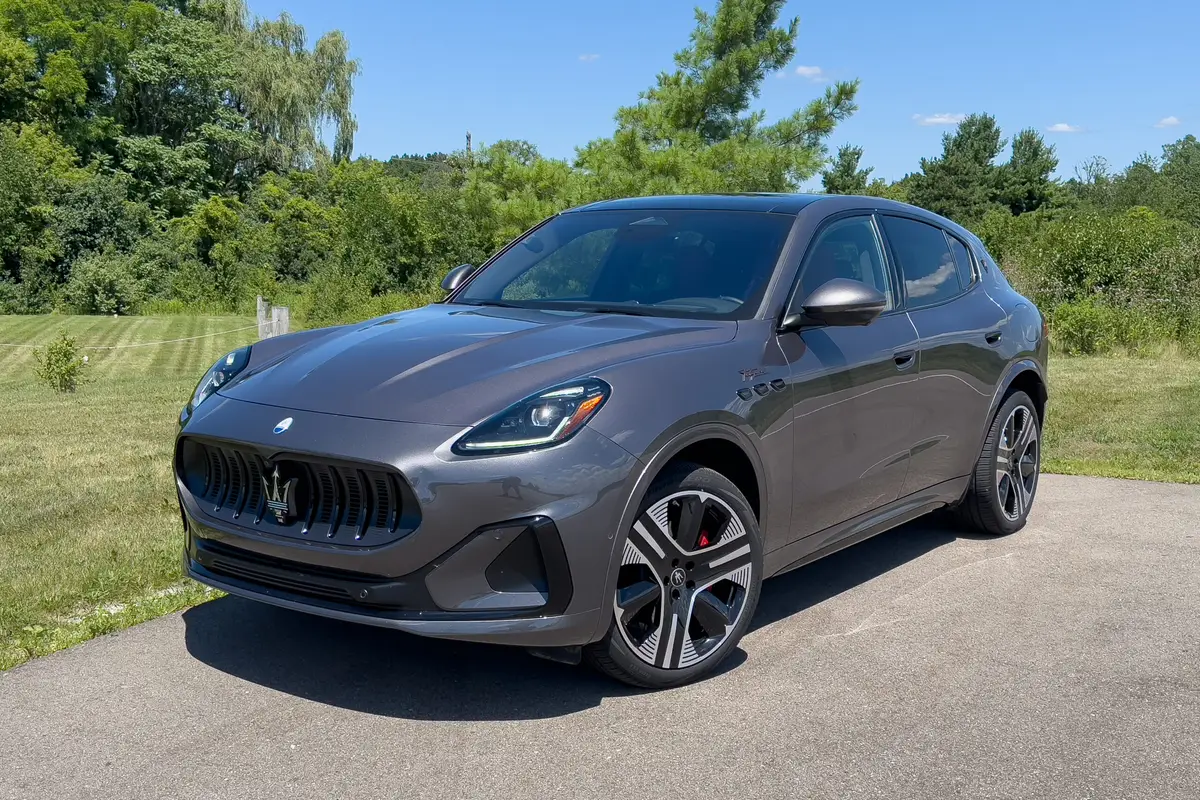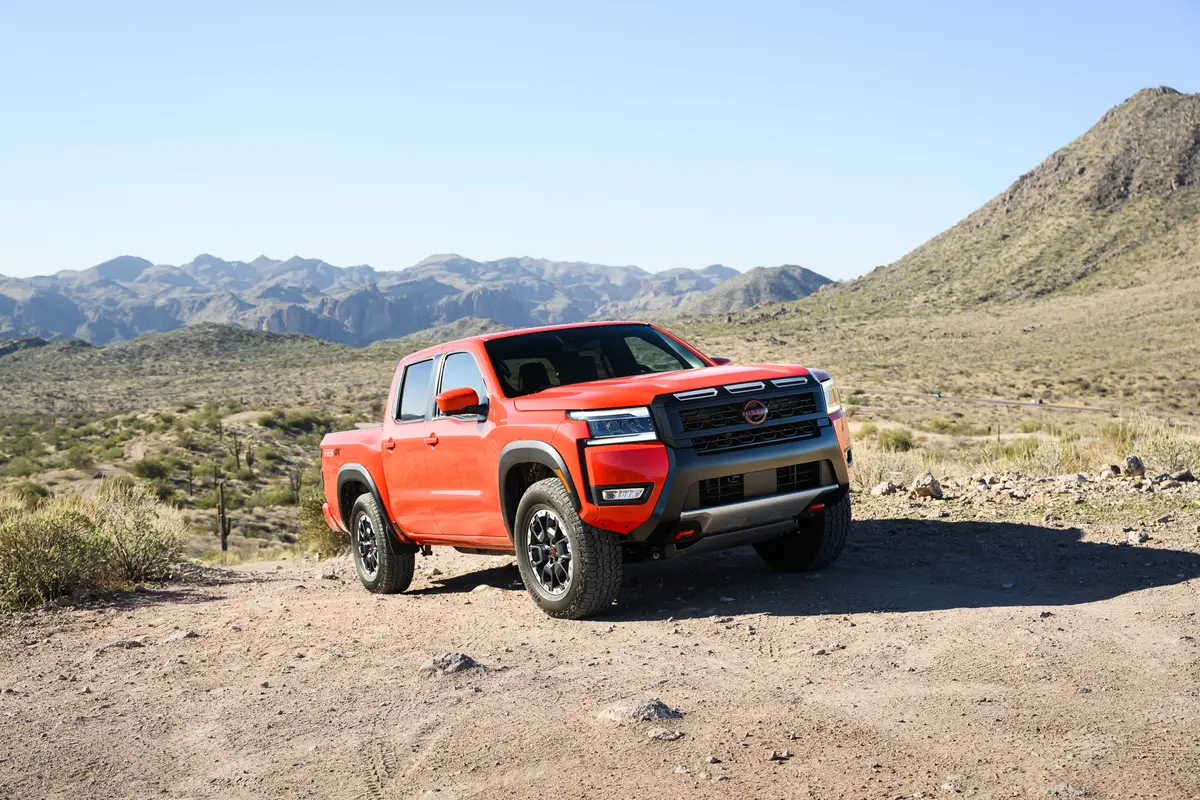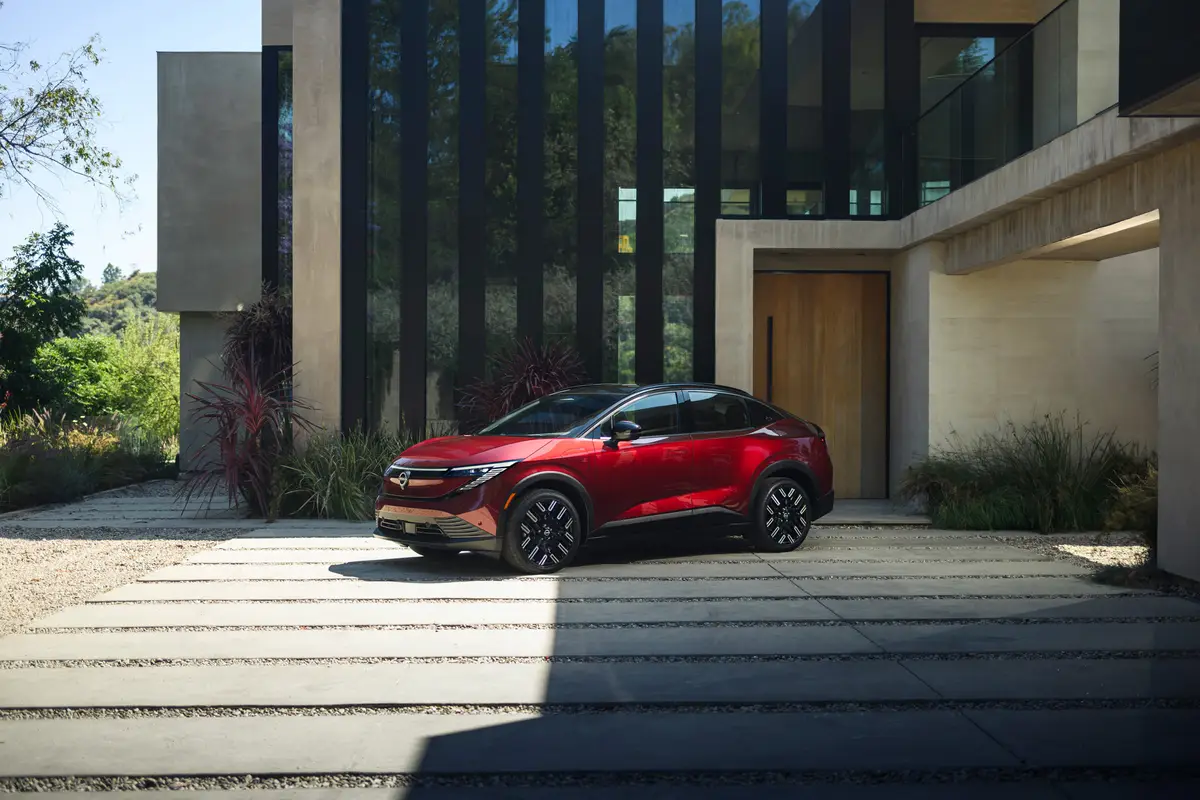washingtonpost.com's view
IT WAS TIME to say goodbye to the man and the car. The man was my father, Daniel T. Brown Sr., who died June 20 at 83. The car was the Buick Roadmaster, which expired this summer.
The two shared more than season of departure. They were big, conservative and peculiarly American. They had attitude.
A lifelong teacher, my father understood the importance of discipline, work, merit and serving one’s country. For Daddy, that also meant “buy American,” which mostly meant buying General Motors when it came to cars.
My father and late mother, Lillian, owned a number of GM automobiles, mostly Chevrolets. When they came into a bit more money, Daddy wanted a more substantial car, “a big Buick,” he said. But Mom wanted a Cadillac, and got it.
So, I figured it only fair to drive the last of the Roadmasters, the biggest of Buicks, to my father’s funeral. That, plus the American flag honoring his Army service in World War II, was a fitting tribute to a life well lived.
Background: The hard truth is that the Roadmaster is gone because many of its would-be buyers, like my father, are gone — or going. Buick officials said the average age of Roadmaster buyers is 65. Those buyers don’t tend to be repeat customers.
That’s why Buick this summer ended production of the big, rear-wheel drive Roadmaster, whose name originally appeared in the Buick lineup in 1936 and continued through the 1958 model year. The name was reintroduced on the 1991 Roadmaster Estate Wagon and 1992 Roadmaster sedan.
But the new Roadmaster’s sales were dismal, falling 19 percent to 6,512 cars sold in the first four months of this year from a skimpy 8,037 sold in the same period last year. A similar fate affected the like-bodied Chevrolet Caprice and Cadillac Fleetwood Brougham models, which also ended production this summer.
Despite their considerable girth, I’m going to miss these cars. They were as comfortable as they were large. Every one of them, in fact, was a master of the road, especially on leisurely cross-country trips.
And, Lordy, they were loaded! Power everything: windows, door locks, front seats, steering, brakes. You only needed a few fingers and right foot to drive these cars.
Standard equipment on all Roadmasters included anti-lock brakes, dual air bags, electronically controlled air conditioning and analog gauges. Also standard was a 5.7-liter V-8 engine rated 260 horsepower at 5,000 rpm with torque rated 330 pound-feet at 2,400 rpm.
And, of course, an electronically controlled, four-speed automatic transmission was standard.
Complaints: The bigness of it all — nearly 18-feet-long and seven-feet wide, weighing 4,211 pounds.
Praise: The bigness of it all, plus overall craftsmanship, “roadability” and comfort. If you like big cars, you’ll love this one, which is still hanging around some Buick dealer lots.
Head-turning quotient: A thing of great dignity.
Ride, acceleration and handling: Float, zoom and float. Th e test Roadmaster’s big V-8 took the worry out of lane changes, an often frightening experience in New Orleans traffic. Braking was excellent.
Mileage: About 23 miles per gallon (23-gallon tank, estimated 510-milerange on usable volume of recommended premium unleaded), combined city-highway, running with one to six occupants and a fully-loaded trunk (21 cubic feet).
Sound system: AM/FM stereo radio and cassette with compact disc, GM/Delco. Excellent.
Price: Base price on tested 1996 Buick Roadmaster Limited sedan is $27,490. Dealer invoice on base model is $25,153. Price as tested is $29,025, including $945 in options and a $590 destination charge.
Purse-strings note: Prices on leftover 1996 Roadmasters (and companion Chevrolet Caprice and Cadillac Fleetwood Brougham models) are highly negotiable. Shop carefully. Also consider buying used for an even better deal.
Latest news



